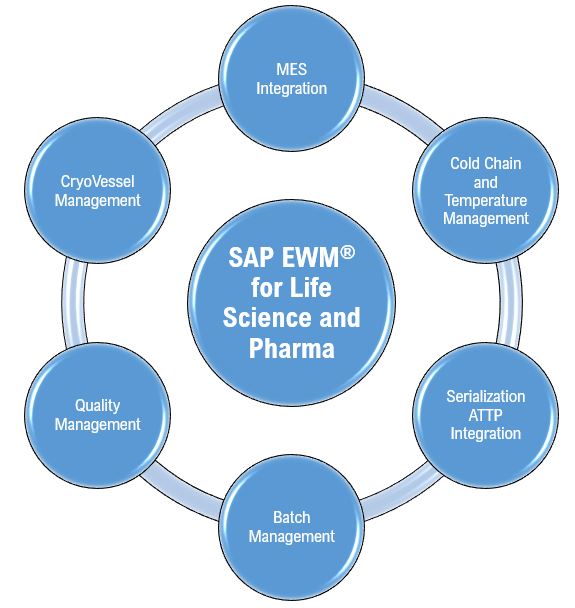Managing site financials in clinical trials is complex but it doesn’t have to be. Leading biopharma companies are adopting digital strategies to streamline budgeting, contracting, payments, and reconciliation across global studies.
Integrating data and aligning internal capabilities accelerates study startup, improves payment accuracy, and enables smarter decisions—delivering shorter cycle times, lower costs, and scalable operations.
Yet many organizations still depend on fragmented systems and manual processes, causing delays, errors, and limited visibility. The solution? Consolidate data, standardize processes, and modernize technology to unlock real-time insights, reduce friction, and build an agile financial ecosystem ready for the future of clinical research.
Clinical Trial Financial Transformation – 14–18 Weeks with Infosys 4 pillar approach:
Infosys proposes a structured, phased, and data-driven strategy to help biopharma organizations modernize and streamline their site financial operations. The approach is built around four key pillars:
1. Maturity Model Framework
Infosys uses a five-level maturity model to assess and guide transformation across six core financial capabilities:
- Contract & Budget Finalization
- Forecasting Accruals & Budget Performance
- Milestone Completion & Site Payment
- Payment Accuracy & Exception Management
- Reconciliation & Closeout
Each level—from Initial (L1) to Optimized (L5)—represents a progression from manual, fragmented processes to automated, data-driven operations with continuous improvement.
Infosys will use the maturity assessment framework to identify gaps and help customers navigate the roadmap to maturity.
2. Best Practices for Site Financials
Infosys recommends targeted best practices across three domains:
- Site Budgeting: Use historical trial data to pre-define budget templates and reduce negotiation time.
- Site Contracting: Implement contract management tools for real-time updates and fewer review cycles.
- Site Payments: Build flexible, compliant payment systems that ensure timely and auditable transactions.
These practices aim to reduce delays, improve accuracy, and enhance stakeholder satisfaction.
3. Transformation Framework
Infosys follows a three-phase transformation journey:
- Discover: Evaluate current systems and platforms, identify gaps, and define ideal solution archetypes.
- Assess & Align: Map stakeholder experiences, roles, and geographic needs. Design future-state processes and operating models.
- Recommend & Deliver: Implement a standardized, scalable ecosystem with clear handoffs, integrated systems, and real-time analytics.
This framework ensures alignment with business goals while minimizing disruption.
4. Solution Ecosystem Design
Infosys envisions a layered technological architecture that integrates budgeting, contracting, and payment systems:
- Applications Layer: Tools like BEST, CTMS, and SoA Builder for study design and budgeting.
- Integration Layer: API management for seamless data flow.
- Data Consolidation Layer: Migration of legacy data into unified formats.
- Operational Data Store: Centralized repository for contracts, payments, and budgets.
- Analytics Layer: Real-time dashboards and reporting powered by data lake pipelines.
- Automation Tools: CI/CD pipelines and test automation for scalable deployment.
This ecosystem supports global operations, improves visibility, and enables proactive financial management.
Conclusion
Infosys’ approach offers a structured, outcome-driven path to transforming site financials in clinical trials. By combining deep domain expertise, proven frameworks, and scalable technology, organizations can move from fragmented operations to a unified, intelligent ecosystem. The result is faster study startup, improved financial accuracy, and a future-ready model that delivers sustained value across global clinical research portfolios.








